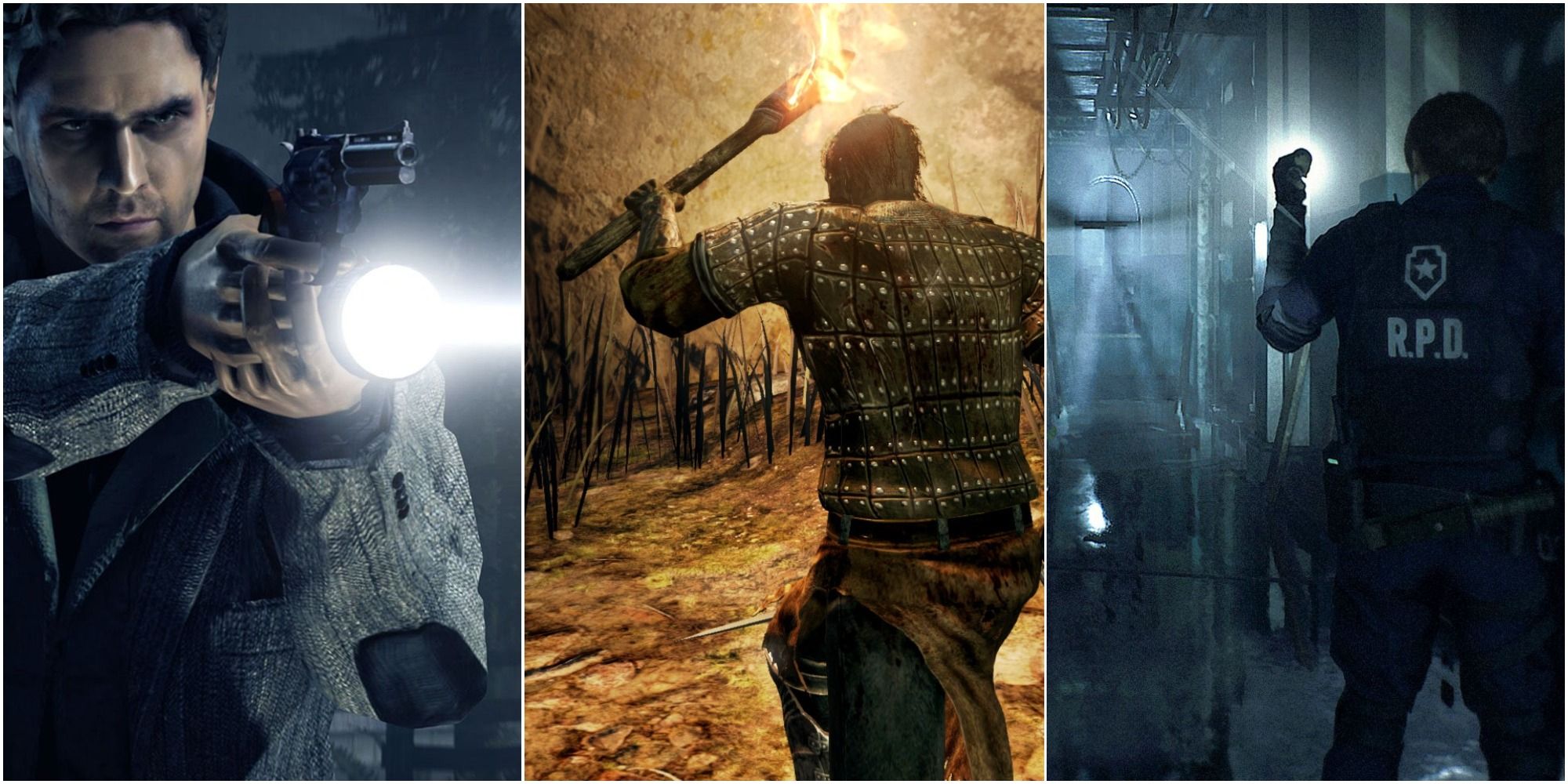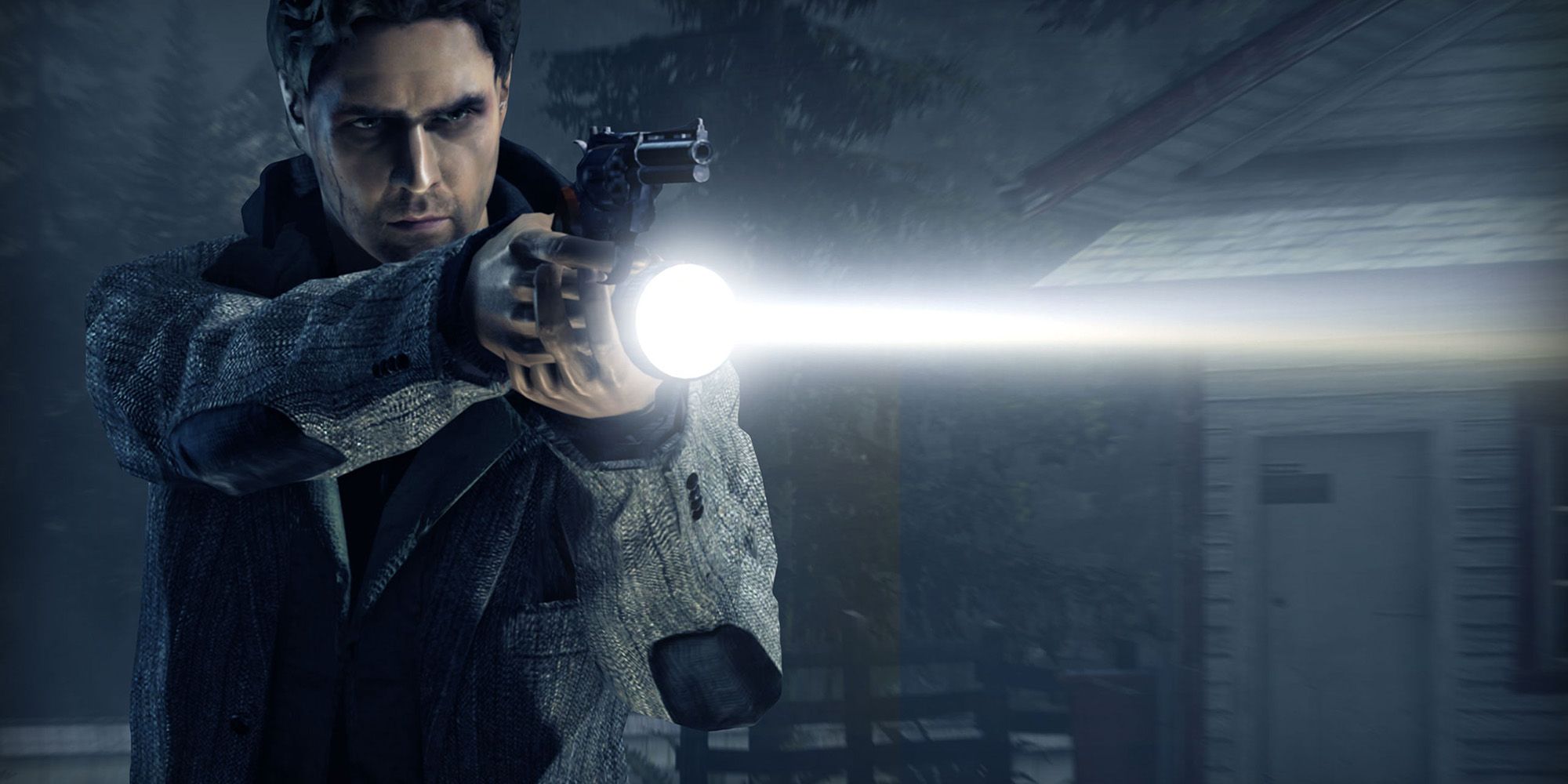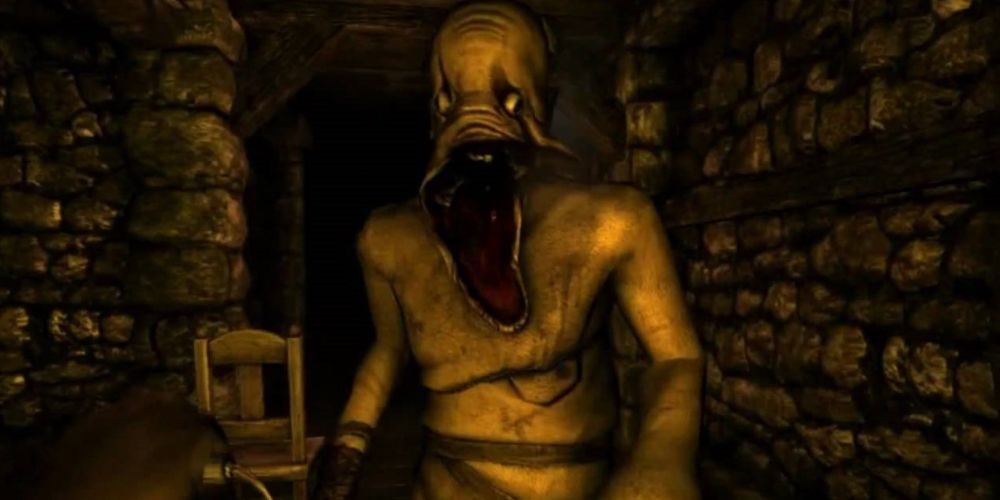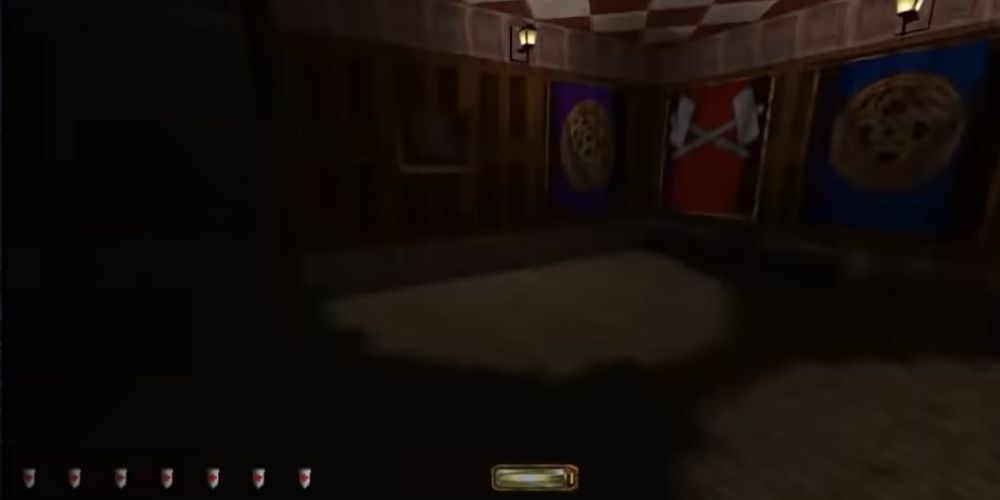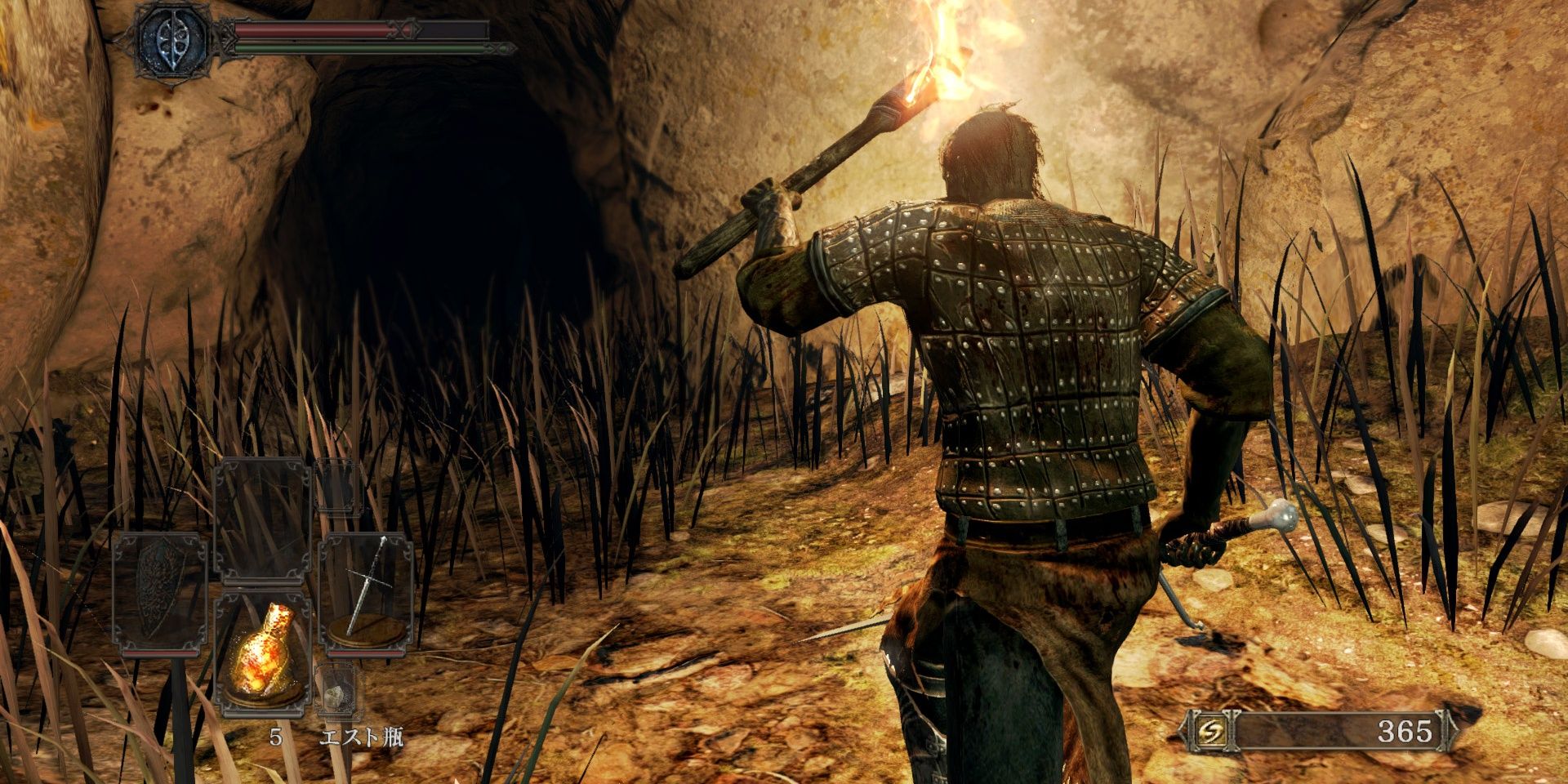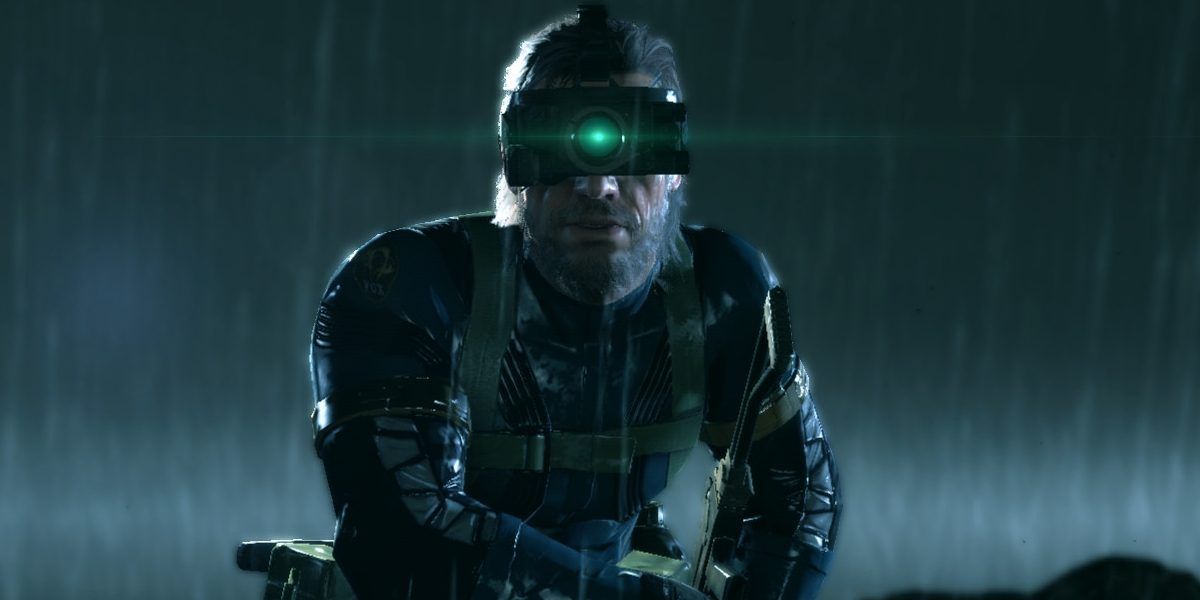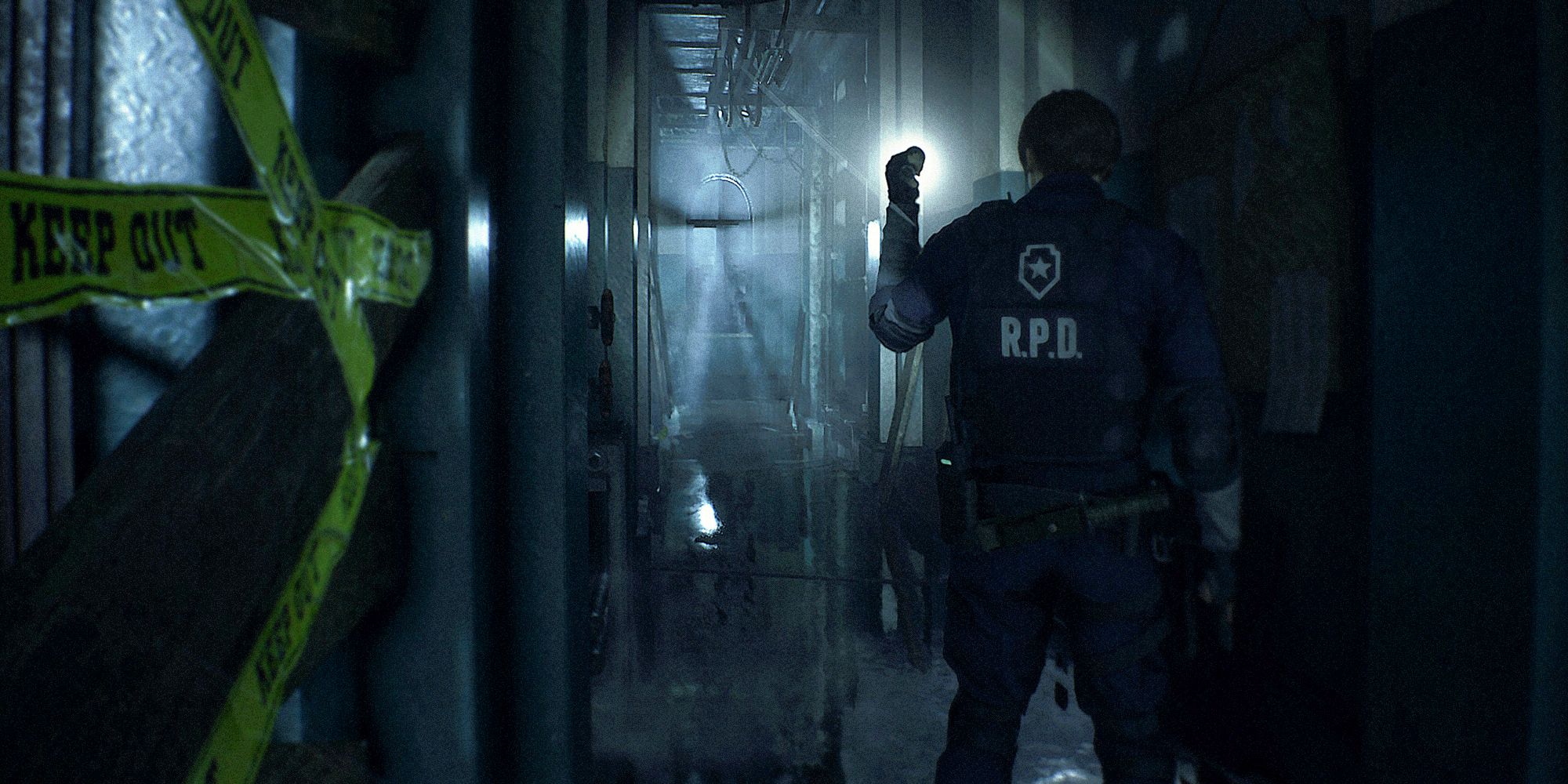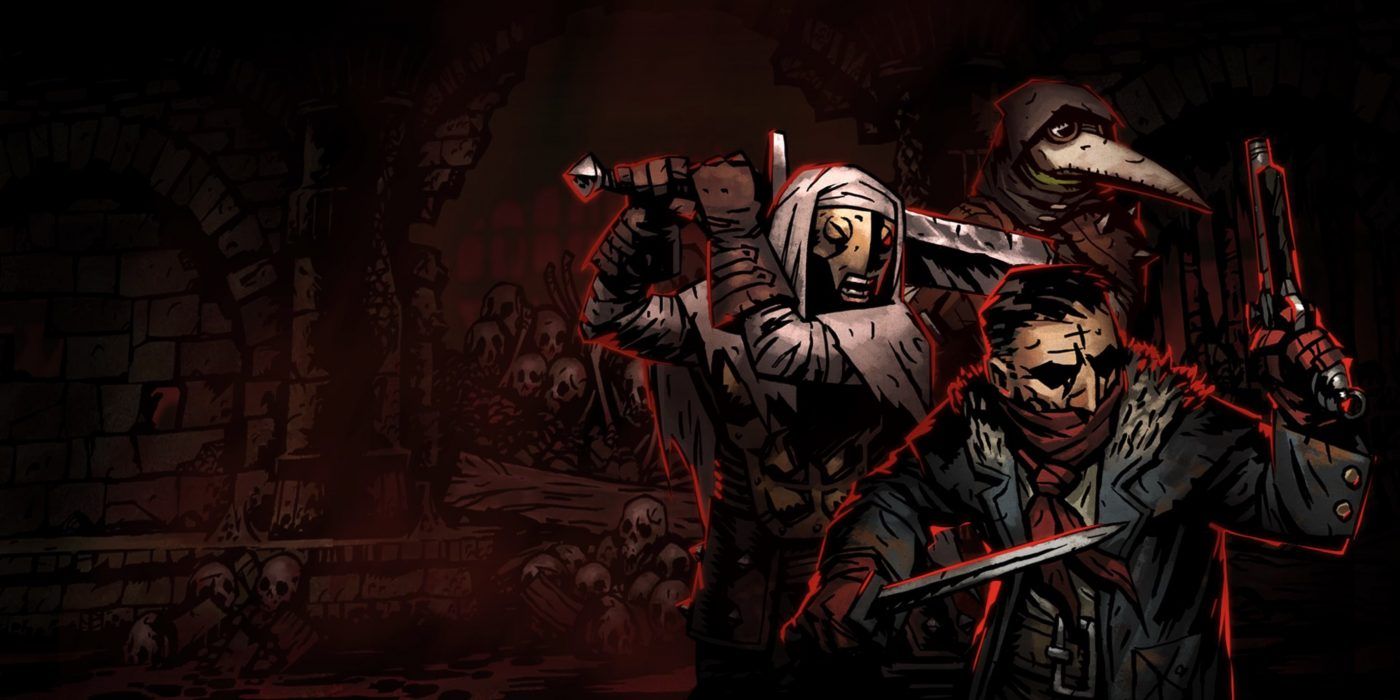Lighting is a pretty big topic in gaming nowadays. Well, to be honest, it kind of always has been. But with the advent of ray-tracing and the ability to make light not only look and act more realistic but also allow much more dynamic reflections, lighting is all the rage again. But that's all (at least mainly) graphical, stylistic even.But what about where light is used in gameplay? Where light becomes more than just something to brighten up your world and cast shadows, but to fundamentally shift how you play it? It can be difficult to get quite right since light is such an integral part of any game, but plenty have tried — and have seen great success with it.
8 Alan Wake
The most obvious that comes to mind is almost always going to be Alan Wake. Famed for its self-aware narrative and famously dim protagonist (despite being the one who wrote the story, in lore), Alan Wake has an incredible aesthetic, from its obviously Twin Peaks vibes and city to the eerie and wispy use of light.
Light in Alan Wake is both thematic and a gameplay mechanic. It's used to tear away the darkness from enemies and make them susceptible to...well, to guns. But it's the ways shadows encroach around you at night that make your flashlight feel like your one saving grace.
7 Amnesia
Heralded by many as being a leading part of the renaissance of horror, Amnesia rose to fame as a game YouTubers loved to play to scream at and garner weirdly high numbers of views from. But unlike many that followed that felt made for YouTube, Amnesia actually has a bunch of mechanics that play well into its themes.
Monsters are real, or as real as you make them at least. It plays on the very real fear of being in the dark, your sanity dropping the longer you spend without light, and those monsters in your head manifesting. And yet, you can't have light for too long either. It raises your sanity, but also attracts all those monsters you've welcomed into the world.
6 Thief
Thief is up there with Metal Gear and Tenchu as being some of the earliest stealth games, but Thief itself is actually one of the first stealth games to be played in first-person. It relied on immersion and a keen awareness of your surroundings. You had to learn guard routes to make sure one didn't end up behind you during a heist.
Central to this was the use of light. Water arrows could be used to extinguish light sources, or fire arrows could make them. But the shadows are what really mattered — that's where you could really find your hiding places. This is even kept in the much-maligned Thief reboot, where you can literally hide in an enemy's own shadow.
5 Dark Souls 2
Dark Souls 2 was an important project for FromSoftware. They had to follow up on their smash hit with Dark Souls with something that had the same quality but was also distinctly different. And Dark Souls 2 was definitely that, for better or worse. Though it definitely leans towards the overly difficult side of things, it's undeniably unique.
But an interesting change in the sequel, one not fully realized until Scholar of the First Sin, was the use of light. Torches were in limited supply and were necessary to illuminate certain areas. Some enemies would cower in fear too, but it was just as easily extinguished in water and took up a precious slot.
4 Metal Gear Solid 5
The Metal Gear series has a lot of things going for it. Their rather adept critiques of war, using the gameplay as a great vehicle to drive its themes, are all suspended through the eyes of (usually) Snake, the quintessential action hero.
MGS V, for all its success and pitfalls, changed to be more of an open-world game. Enemies had day and night routines and would react over time to how you infiltrated camps. Maybe they got searchlights, snipers, helmets, and so on. So of course, light was central to visibility here. But as a fun touch, night-vision goggled enemies could be easily taken down with just a flashlight.
3 Resident Evil 2 Remake
The Resident Evil games have quite an interesting evolution across the series. Starting as the premiere survival-horror game, they quickly pivoted to a more action-movie satire with 4, then towards full-on action movie fanservice with 6, and 8 is just like 4 again. It's a series that's anything but consistent.
Enter Resident Evil 2 Remake, a game taking the camera angle of 4 while incorporating a style of horror more similar to the original. The station is pitch black, with only what you illuminate with your flashlight visible. All those sounds you hear could be right behind you and you've no choice but to turn around and check.
2 Darkest Dungeon
Judging by the name, maybe the relevance of light is readily apparent. Darkest Dungeon, true to its name, is a very dark game, both literally and figuratively. It's a game with extreme permadeath, with each death of a party member permanent (unless luck is on your side), and stress a major player in that. So it gets pretty dark.
When your party ventures into each dungeon, they bring with them a fully lit torch, one that dwindles with each room entered. A bright torch gives you higher chances to dodge, scout rooms, and reduce the chance of being ambushed, while a dimmer torch does the opposite while increasing the loot gained. But loot has no use for the dead, does it?
1 Boktai: The Sun Is In Your Hand
Boktai is such a fascinating game series, though the first game, produced by Hideo Kojima, is where the intriguing concept of the game was born and flourished. Set in a world where humanity has all but died out and the world is overrun with immortal beings who thrive in darkness. This brings us to Boktai's use of light.
The game came with a solar sensor peripheral that could detect sunlight and charge your in-game gun with it, one of only two ways of actually charging the weapon. The game also used real-life time to simulate a day-night cycle, with the game being easier during the day. It's an interesting way of making you go outside.

